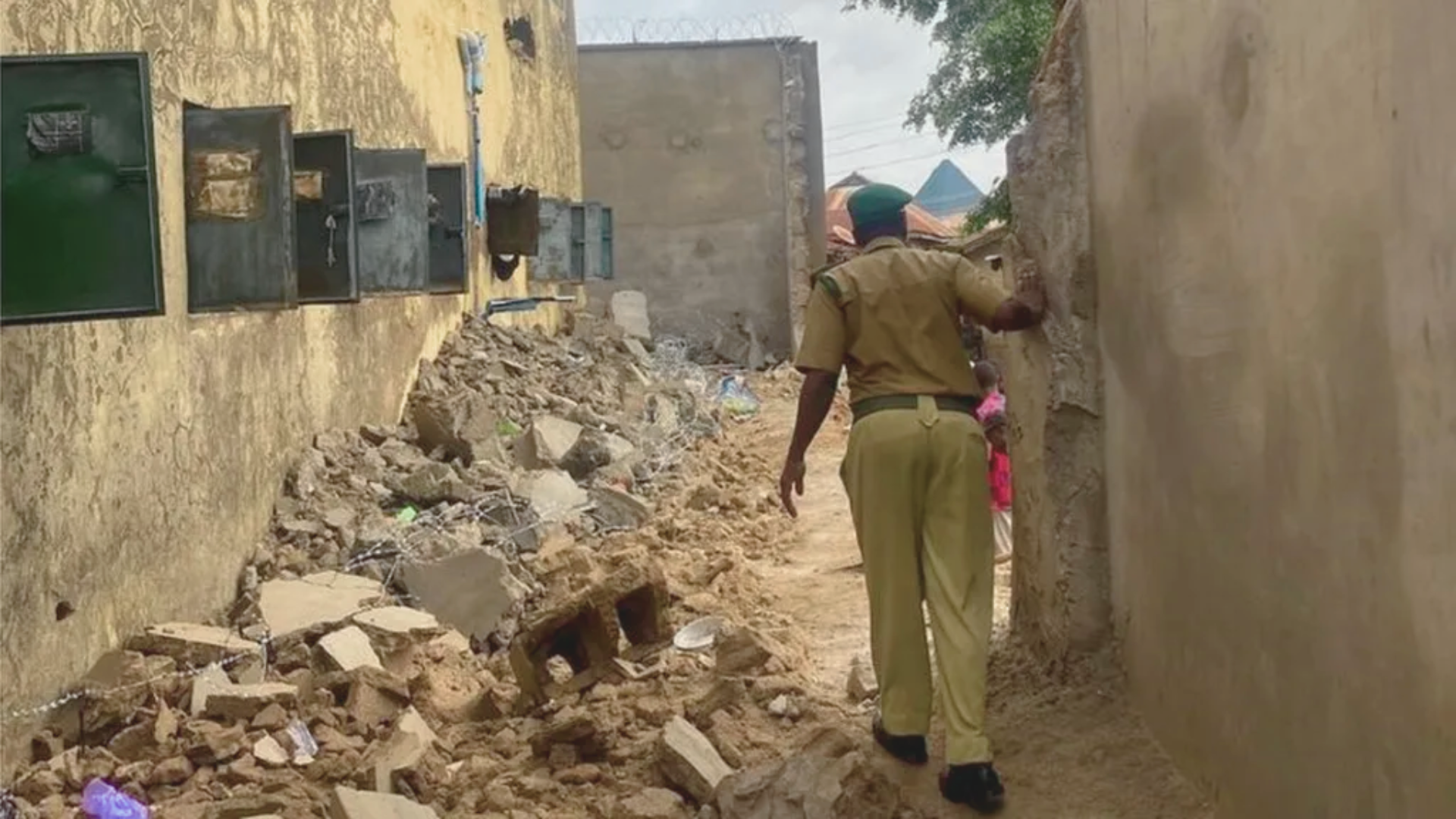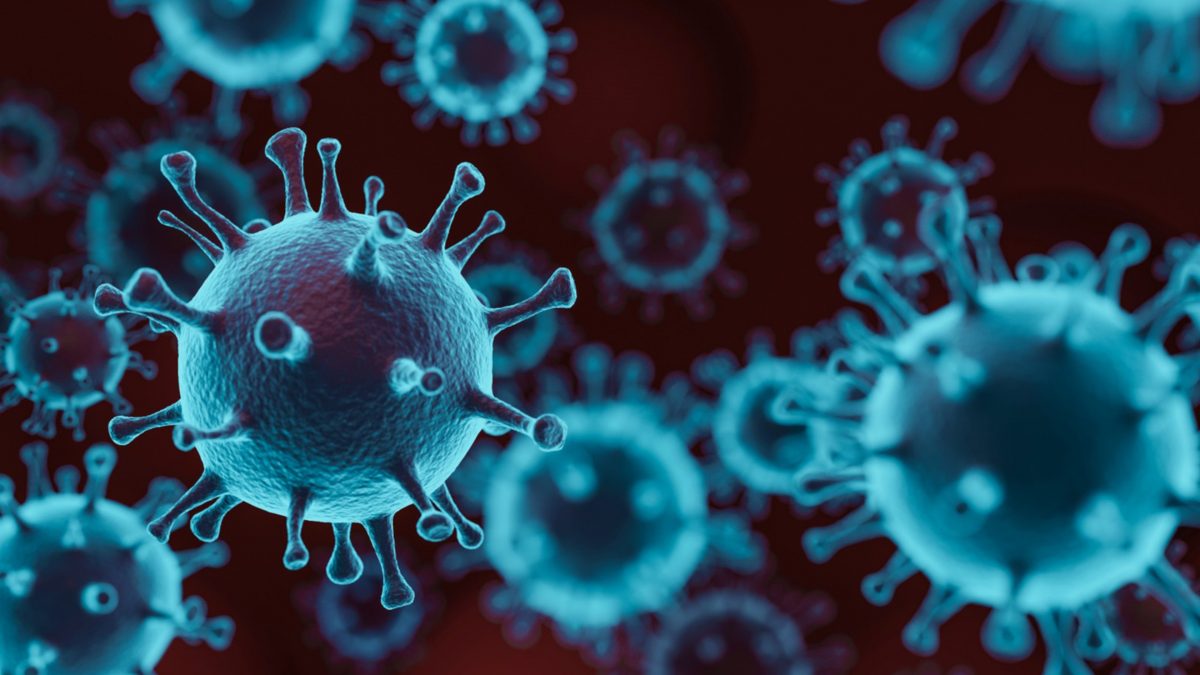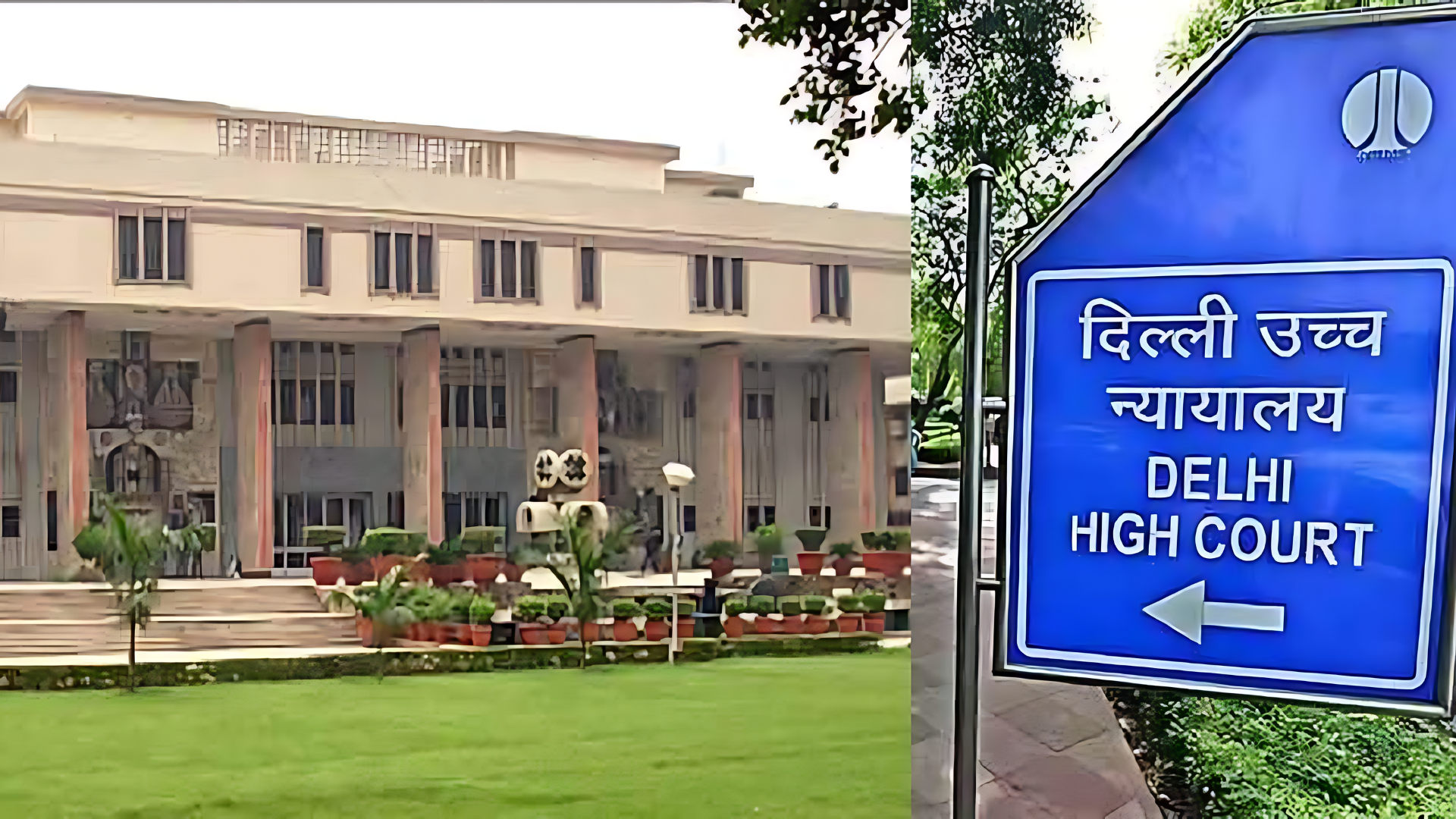










In a big expose, an Indian couple has found links of Covid-19 origin to Wuhan lab. Even as China tries every trick under the trade to mask the WHO probe, the couple’s findings on coronaviruses and Covid-19 are enough to draw the conclusion that China is behind the origin and spread of Covid-19.
The couple has revealed that were fixated on reading the work of Professor Ralph Baric of the University of North Carolina, which drew focus on Chinese scientist Shi Zhengli. The paper argued that the virus was of entirely natural origin and that a lab origin was not possible. Shi’s lab had collected a bat coronavirus, RaTG13, that was 96.2 percent similar to Sars-CoV-2.
Spending about two weeks getting more information about RaTG13, they did manage to found the reference where Ra4991 was mentioned. WIV further found that only one beta coronavirus, Ra4991, came from the intermediate horseshoe bat, whose scientific name is Rhinolophus affinis. “That’s how the Ra in RaTG13 could have come from!”.
They recollected that, the Bat Woman, in her interview, had talked about a mineshaft in Mojiang where a lethal pneumonia-like disease had occurred in six miners in 2012 and diverse group of coronaviruses was discovered in the mine following the outbreak. They found the reference confirming that RaTG13 came from the same mine—an abandoned copper mine in Mojiang
The Wuhan Institute of Virology has thousands of bat coronavirus samples. Shi and her lab collected all these samples and have developed techniques for creating recombinant or chimeric viruses. What is even more shocking that the mine workers had reported Covid-19 related symptoms but their medical reports are no where to be found.
Hence, there is a possibility that the virus was either modified or synthesised using a RaTG13 or a similar backbone or a genome. Utilising bioinformatics tools and modelling, with a RaTG13 or a similar virus as a reference, a sequence can be created, which can be further used to create an actual virus. RaTG13 was one such candidate virus or a genetic progenitor. Additionally, the RaTG13 sequence was the most exclusive one from the WIV collection of Sars-like coronaviruses and still remains the closest one to Sars-CoV-2.
Mysteriously, several databases of WIV which were online are now offline. The most important of all was a viral database which had information about 22,000 coronavirus samples, 16,000 of them from bats. This database went offline in September 2019.









